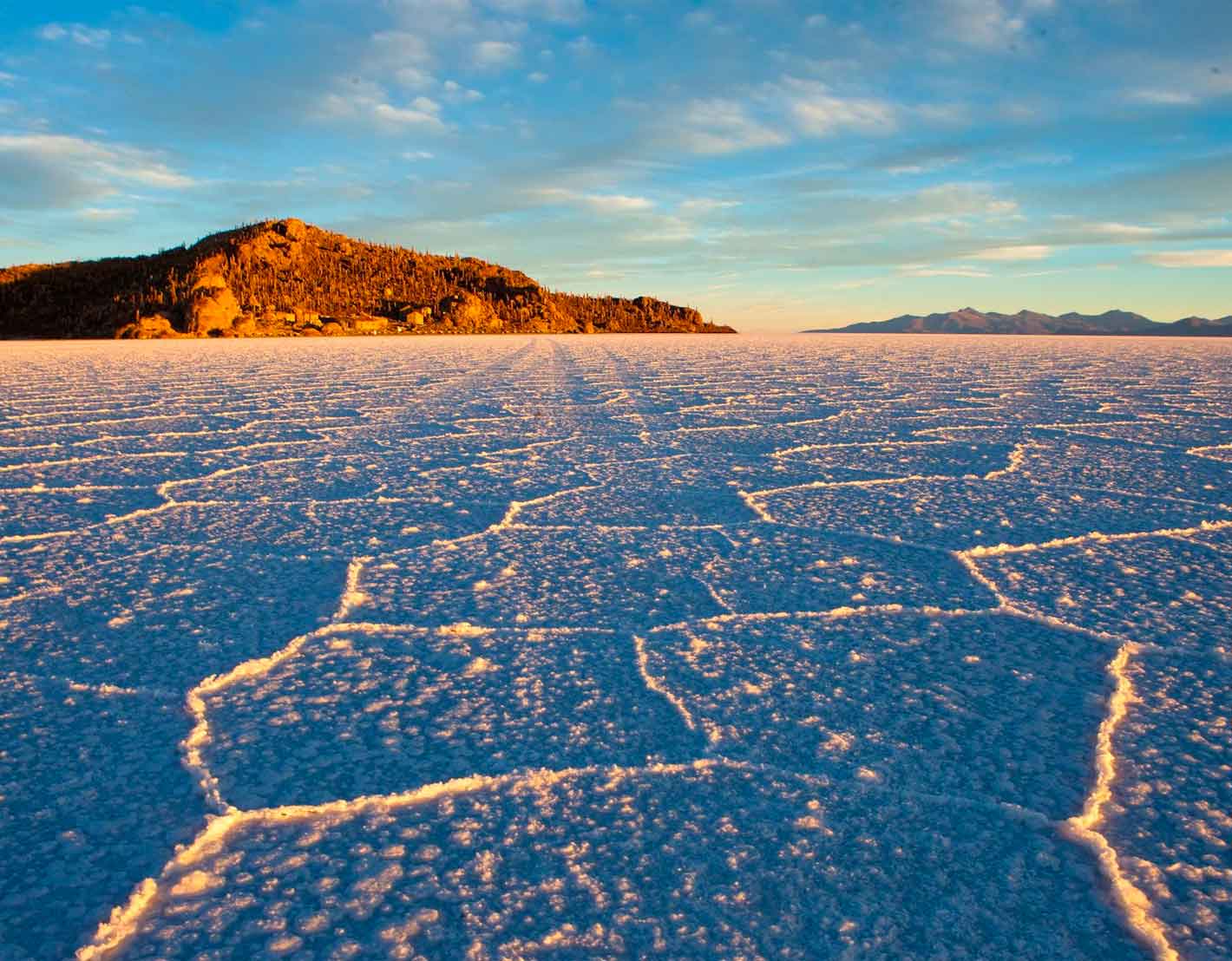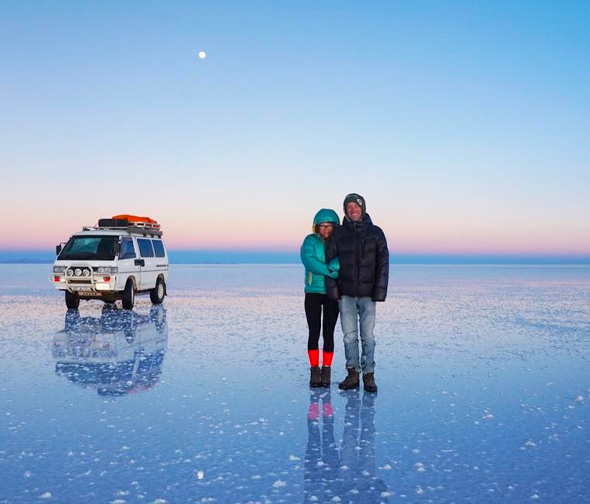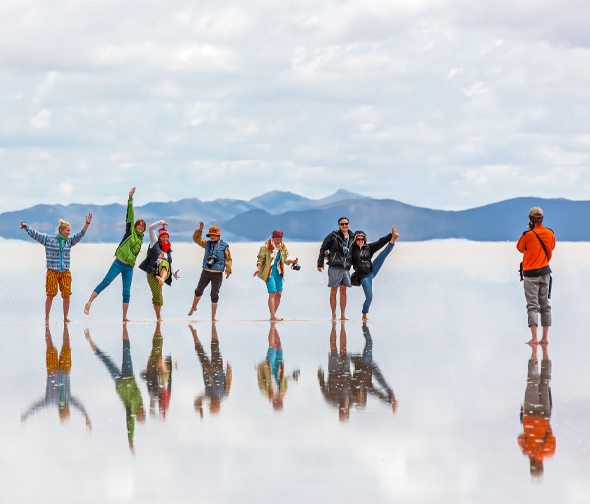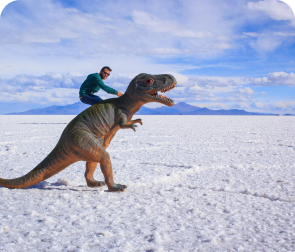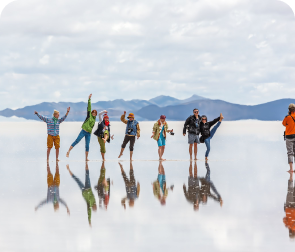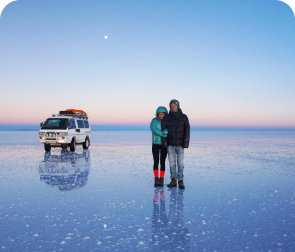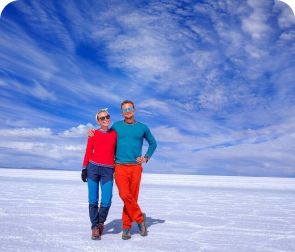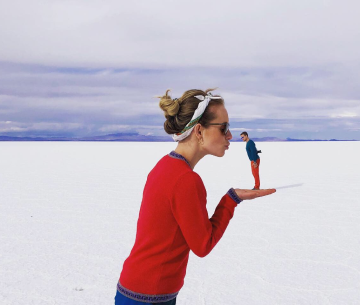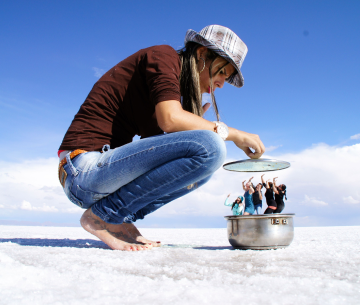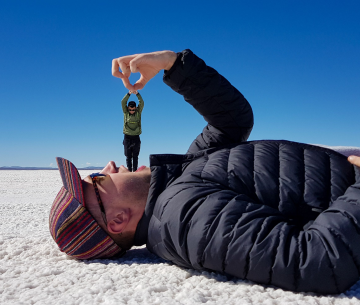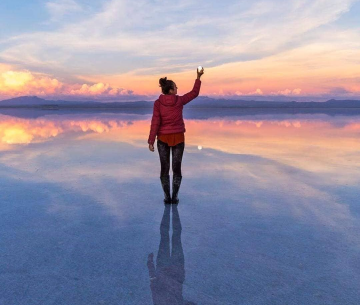Where is Salar de Uyuni
Salar de Uyuni is located in the Daniel Campos Province in Potosí in southwest Bolivia. This spectacular landscape lies at an elevation of 3,656 metres above sea level, near the crest of the Andes. This means that altitude sickness can play a decisive factor in whether you enjoy your time here or not. In order to avoid this, it is advisable to spend a couple of days gradually adapting at heights of around 1000m and 2000m. Local advice to relieve the symptoms of altitude is to chew on coca leaves. Finally, those who haven’t had a chance to acclimatize should pick up some Acetazolamide from the local pharmacy in Uyuni.
Despite being in quite an isolated location it can be easily accessed. The most common ways to get to Salar de Uyuni are via La Paz in Bolivia or San Pedro de Atacama in Chile. However, it can also be accessed via other parts of Bolivia and Chile as well as Peru and Argentina. For more information on how to get to Salar de Uyuni click here.
